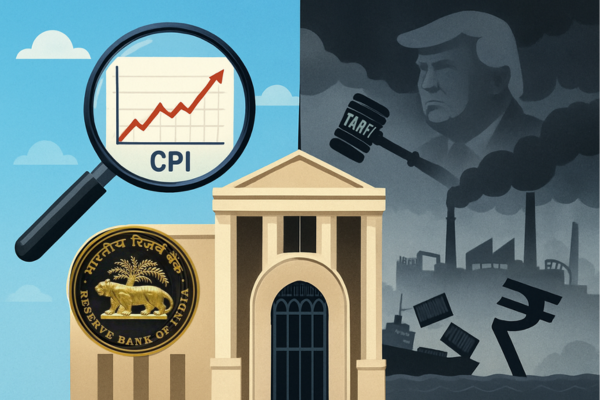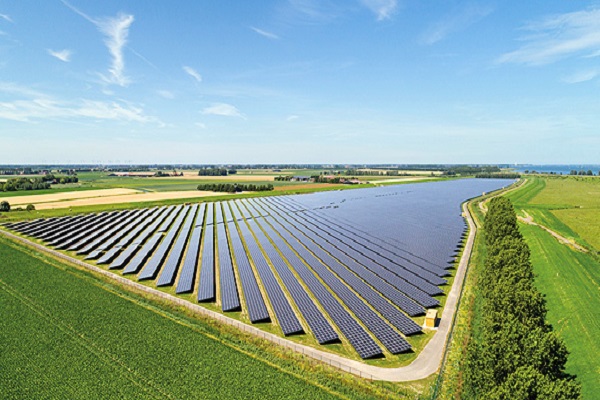.png)
Moody’s Affirms India at Baa3, Flags Fiscal Constraints and Tariff Uncertainty
The global rating agency kept India’s rating at Baa3 with a stable outlook, warning that high deficits, weak debt affordability and steep US tariffs threaten to slow fiscal repair. Growth resilience cushions the economy, but structural constraints limit credit improvement.
September 29, 2025 at 10:13 AM IST
Moody’s Ratings has affirmed India’s sovereign rating at Baa3 with a stable outlook, citing the economy’s resilience and strong growth momentum but underscoring fiscal fragilities that limit debt affordability. The affirmation reflects confidence in India’s ability to sustain domestic-driven expansion and manage external pressures, though the rating agency cautions that high deficits and a weak revenue base remain structural constraints.
The decision follows a divergence among global rating agencies. Last month, Fitch Ratings affirmed India’s sovereign rating at ‘BBB-’ with a stable outlook, pointing to similar concerns over high debt levels and fiscal rigidity. By contrast, S&P Global Ratings last month upgraded India to ‘BBB’ from ‘BBB-’, citing strong growth momentum and greater fiscal credibility.
India’s growth profile remains a key strength. Moody’s projects GDP growth at 6.5% in 2025–26, maintaining its position as the fastest-growing G20 economy. This performance will be driven by strong domestic demand, aided by lower inflation, accommodative monetary policy, and continued public capital expenditure. Even as growth has moderated from the post-pandemic rebound, Moody’s expects India to sustain momentum well above peers over the medium term.
The domestic market remains a formidable buffer against global headwinds. Household consumption, supported by recent tax threshold increases and GST reforms, is set to provide stability, although these fiscal measures will erode revenue. Moody’s highlights that India’s ability to fund large deficits domestically reduces vulnerability to external shocks, while healthy foreign exchange reserves and steady remittance inflows further cushion the balance of payments.
Yet external trade risks weigh on the outlook. The US has imposed a steep 50% tariff on Indian goods—far higher than the 15–20% faced by other Asia-Pacific exporters. Moody’s judges the near-term impact on GDP to be modest, given exports to the US account for only 2% of India’s output. Still, the rating agency warns that persistent tariff barriers could dampen medium-term potential by constraining India’s push to expand high-value-added manufacturing exports. Negotiations are expected to reduce headline rates, but uncertainty may weaken investor sentiment and blunt India’s appeal as an alternative to China in global supply chains.
On the fiscal side, Moody’s notes that consolidation is progressing but at a measured pace. The central government deficit is targeted at 4.4% of GDP in 2025–26, broadly in line with the longstanding goal of reducing the gap to 4.5%. General government deficits remain elevated, however, reflecting gradual adjustment and revenue losses from measures designed to support consumption. Debt affordability remains a particular weakness: interest payments consume a large share of government revenues compared with investment-grade peers. Moody’s expects debt to edge lower over the coming decade but not substantially enough to strengthen credit ratios.
The stable outlook captures this balance of resilience and constraint. India’s robust growth and steady fiscal management mitigate the risks of reversal, yet progress in debt reduction will be slow, especially if fiscal accommodation persists in the face of global uncertainty.



